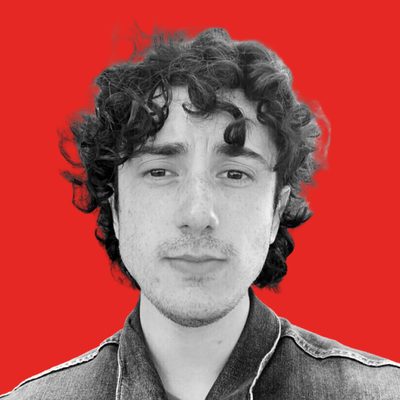Last Year Was the Deadliest for Palestinians in the West Bank in Almost Two Decades. This Year Could Be Worse.
“People are running out of graves, they’re running out of space to bury people.”
Michael Veronda Hazou

The year 2022 was the deadliest on record for Palestinians in the West Bank since 2005, which marked the end of the Second Intifada and was also when the United Nations began systematically recording deaths.
This year could be much worse.
On April 4, Mariam Barghouti, senior Palestine correspondent for Mondoweiss, announced on Twitter: “🚨🚨🚨BREAKING: there’s a full fledged slaughter happening in Palestine. Three months. 95 Palestinians killed since January.”
About two weeks earlier, Barghouti had tweeted: “88 killed in the first 80 days of this year alone, and the hundreds preceding them since 2021. In Jenin, they’re running out of graveyard space according to residents. A Palestinian killed every day.”
In 2022, in the West Bank and East Jerusalem, attacks from Israeli forces — along with sustained settler violence—cost the lives of 167 Palestinians, with another 9,500 wounded in the West Bank, according to Middle East Eye. (The Washington Post had a different number, 150 through Dec. 19, 2022—146 killed by Israeli forces and four killed by Israeli settlers — citing the U.N. Office for the Coordination of Humanitarian Affairs. In either case, the grim record remains the same.) In Gaza (where there has been a recent ceasefire after escalated violence) which is essentially an open-air prison with tightly-controlled borders, 53 Palestinians were killed in 2022. And at least 48 of those killed in the occupied territories in 2022 were children, according to Middle East Eye. Among them was Rayan Suleiman, a 7-year-old who, according to what his father told The Associated Press, succumbed to cardiac arrest triggered by fear and shock after Israeli soldiers chased him and then appeared at the front door of his West Bank home. “He was just an innocent boy, just 7 years old, what can he do?” Yasser Suleiman told the AP. Over half of those killed in 2022 were reportedly under the age of 25.
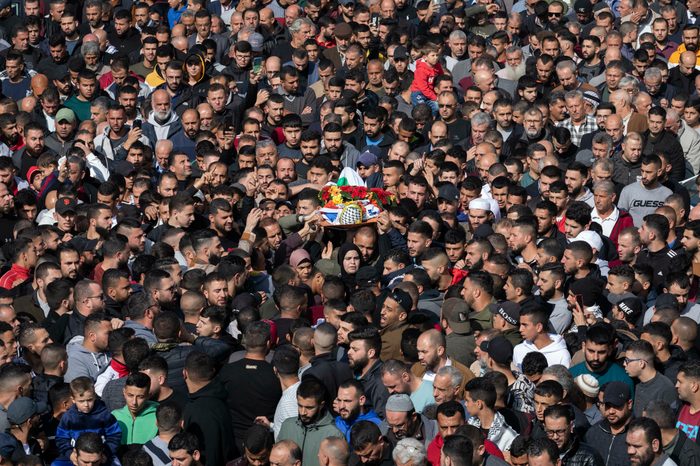
But the violence did not only affect the young: Eighty-year-old Palestinian American Omar Assad died, according to his family, of a heart attack after being arrested and assaulted by Israeli soldiers in the West Bank village of Jiljilya, near Ramallah.
Reporters and journalists have also been attacked and killed by Israeli forces over the years and last year was no different. On May 11, 2022, beloved Palestinian American journalist Shireen Abu Akleh was shot and killed by an Israeli soldier in Jenin. (A report by Palestinian human rights group Al-Haq and U.K.-based group Forensic Architecture found that Abu Akleh was “deliberately and repeatedly targeted, along with her colleagues, despite being clearly identified as a member of the press,” according to The Intercept.) Mourners at her funeral in Jerusalem’s Old City were beaten by Israeli authorities in what amounted to a second calculated attack on Abu Akleh and what she was devoted to: giving a “voice to the struggles of Palestinians.”
The intensification of violence against Palestinians has continued into this year, as the beginning of 2023 has been the bloodiest for Palestinians and Israelis in more than two decades. Since January, more than 110 Palestinians have been killed in the West Bank by Israeli forces, according to The New York Times.
“Israel is using violence to scare Palestinians, to go on with its settlement projects and to cover the de facto annexation of the West Bank,” Palestinian activist Issa Amro says in a WhatsApp message about why the violence has peaked. Amro says the Israeli government is “working on taking more land, taking more houses, and they want to shut off Palestinian voices and Palestinian demands.”
Several large-scale killings have already occurred in 2023. On January 26, in the Jenin refugee camp, 10 Palestinians were killed; on February 22, in Nablus, another city in the West Bank, 11 Palestinians were killed and more than 80 wounded.
Barghouti notes that “the average of killings has been six Palestinians per week in the last two years and 40% of that is in Jenin.” (Jenin is in the northern part of the West Bank.)
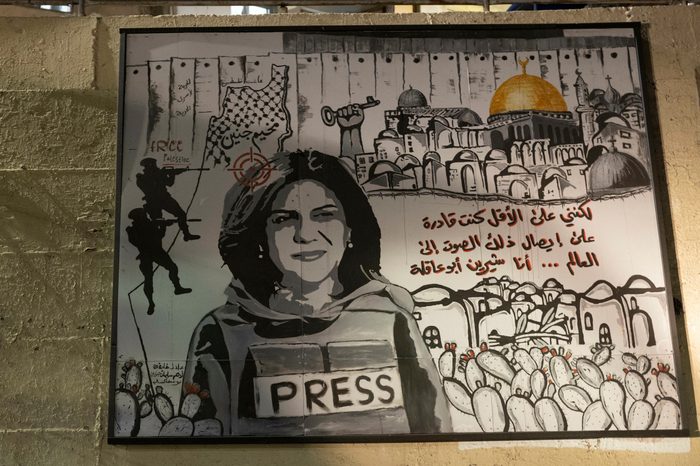
“People are running out of graves, they’re running out of space to bury people. … There is no space to grieve, there is no space to bury your beloved, there is no space to cry, because even after you bury them you can’t go home and hold each other because a massacre is probably going to happen in three days and you are going to have to console someone else,” Barghouti says. “That is what it means to break a population down into despair. It’s not just Palestinians are desperate that’s why they are resisting, no, they are being actively pushed down and socially engineered into despair. If you can’t kill a nation, kill their hearts.”
Barghouti also emphasizes that the recent violence “is not an escalation” but rather “an intensification.”
“The violence is the same, the modes of the operations are the same, but it is an intensification of the frequency of killings that we are seeing,” she says.
Israeli authorities have also made a point to besiege Palestinians at their sacred places of worship. In early April, during Ramadan, Israeli forces stormed the Al-Aqsa mosque in Jerusalem, savagely beating worshippers inside, injuring at least 150 people. As Jehad Abusalim recently wrote in an In These Times article titled “The Attack on Al-Aqsa and the Specter of a Second Nabka,” the Israeli government appears to have conducted the raid to deflect attention from the mass protests against Prime Minister Benjamin Netanyahu, which served as a provocation for more violence against Palestinians, similar to the assault on Al-Aqsa in May of 2021 in the wake of incidents at Sheikh Jarrah. Palestinian Christians, a population already decimated in their homeland by the occupation, have also seen a spike in targeted violence, vandalism and harassment so far this year. On April 15, Israeli forces brutally beat Christians attempting to reach the Church of the Holy Sepulchre, where they were holding the Holy Fire ceremony, a millennium-old ritual part of annual Orthodox Easter celebrations.
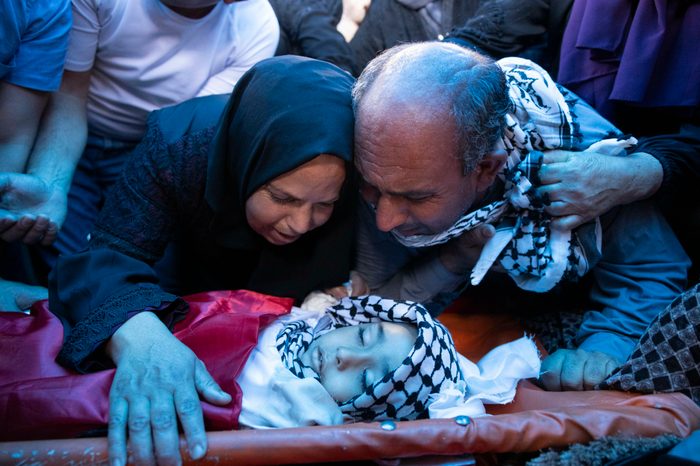
Dror Sadot, the spokesperson for the human rights group B’Tselem, notes how this violence goes on without accountability for the murders.
“Israelis enjoy impunity,” Sadot says. “The soldiers themselves are enjoying this impunity. The military law enforcement system is basically a whitewashing mechanism that is aimed to make a facade of investigations towards soldiers … and on the higher ground, we’re talking about impunity for Israel itself because no one’s been holding Israel accountable for human rights violations.”
Sadot adds that “it’s important not to exceptionalize this government from previous ones because the same human rights violations happened before. But on the other hand, we shouldn’t normalize the things they are saying and giving support to.”
Barghouti, the senior Palestine correspondent for Mondoweiss, adds that “we’re at a final breath, and I think this is why we are seeing the intensification, it is just the final slaughter.”
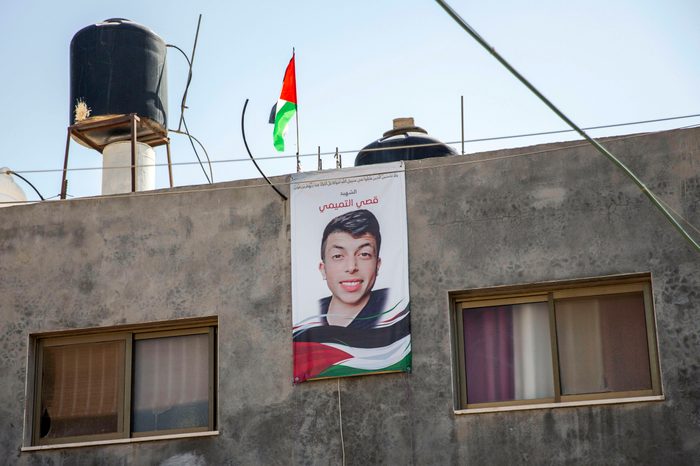
Barghouti stresses that resistance groups like Lions’ Den and the Jenin Brigade are not organizations supported by the public, but rather that “[they are] part of the public. … I think that is what people are missing, they are dividing them into these separate entities … they are part of the community, you can’t separate them.”
This ongoing violence underscores that, for Palestinians, the Nakba — “Catastrophe” in Arabic — is an ongoing tragedy. Not only are Palestinians subjected to physical violence on a daily basis, the weight of structural violence exacerbates the dire situation brought on by the occupation.
“In 2021, unemployment remained high, at 26%, in the Occupied Palestinian Territory, while in Gaza over half the workforce was unemployed, and 83% of workers received less than the minimum wage,” according to a September 2022 post from the United Nations Conference on Trade and Development. ”As a result, poverty deepened, with the latest data indicating that 36% of the Palestinian population lives below the poverty line. Meanwhile, food insecurity increased from 9% to 23% in the West Bank, and from 50% to 53% in Gaza.”
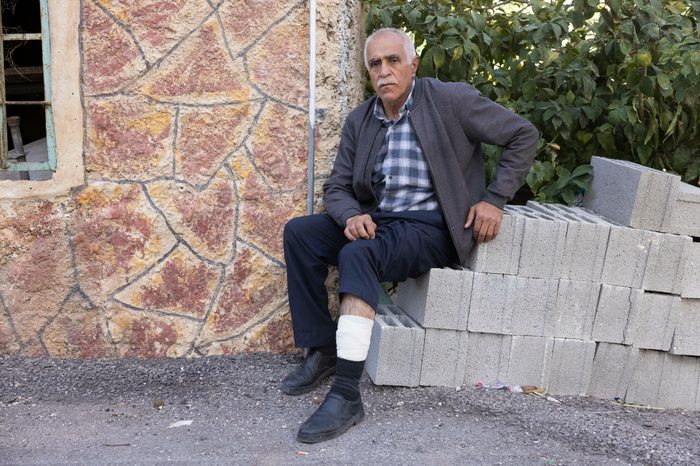
The post goes on to describe how the demolition of Palestinian buildings in 2021 in the West Bank was at a five-year high, with 911 structures demolished, and that “Gaza has been under a blockade that has hollowed out its economy.”
Amro says the Palestinian economy “is collapsing.”
Palestine activists often say that “existence is resistance” when describing daily Palestinian life, and the crumbling economy and death toll in 2022 and so far this year is further proof of that saying.
As the late Edward Said wrote in In These Times in 1982, the mere “Idea of Palestine hounds Zionists.”
Michael Veronda Hazou is a writer and was a former intern at In These Times.
